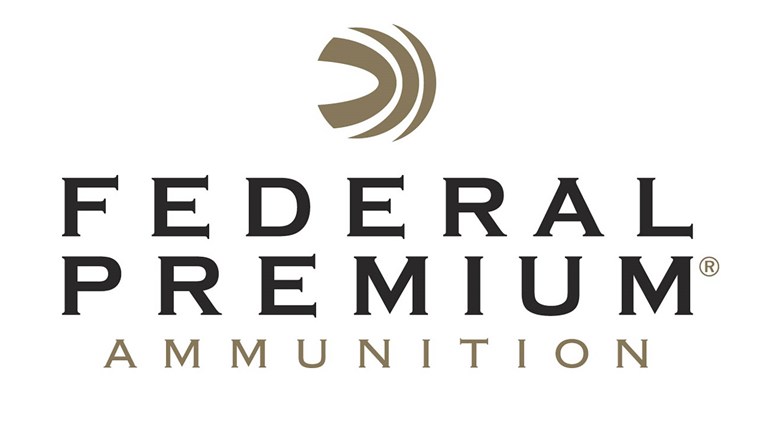
Even in today's world of race guns with slide-mounted electronic optics, polymer-framed pocket pistols and new developments in triggers, sights and holsters, the tried-and-true concealed-carry revolver still remains a popular option for personal defense. Federal Premium reinforced this reality with the introduction of its new .38 Special +P HST Micro ammo.
When a new defensive-handgun round is introduced, oftentimes there's very little to distinguish it, visually, from other defensive options on the market. However, the new HST Micro ammo definitely stands out on the ammo shelf, due to its deeply seated bullet.
The idea behind the new design is specifically geared toward defensive-ammo use in short-barreled revolvers chambered in .38 Special, which have been and continue to be popular personal-defense guns. However, the .38 Special case is an old design that was originally loaded with black powder. Modern smokeless powder produced more bang using less powder, so the case volume is much larger than it needs to be for modern loads.
This particular design raises a few issues when dealing with short-barreled revolvers. Since so much of the case is left empty, powder-burn rates can vary, depending on where the powder settles inside of the case in relation to the primer.
"In our testing, standard .38 Special ammunition had consistency issues that we noted, due to the powder forward/powder back dilemma," Federal Premium Product Manager Justin Johnson said. "We were getting inconsistent pressures and velocities, and that could easily translate into a bullet not doing what it was designed for."
Federal Premium designed the new HST Micro load to eliminate as many of these inconsistencies as possible. To prevent powder from shifting inside the case, the company seated the bullet to the top of the powder charge, thus minimizing the powder movement and the potential issues that arise with a shifting charge.
In addition to the changes in bullet seating, Federal Premium also slightly modified the design of the bullet itself, giving the mouth of the hollow point a slightly wider opening than that found on other bullets in the HST lineup.
"The reason for this is it allows us to tune the bullet for the specified velocities that are achieved through the shorter barrels," Johnson said. "This doesn't mean they won't work in a longer-barreled gun, it just means that we have designed it to work in the lowest common denominator out there."
Johnson further elaborated on the design, stating that the round is optimized for a specific velocity window that is achieved with snub-nose revolvers featuring barrel lengths of 2 inches or less.
The Federal Premium HST line is known for its ability to perform well in ballistic gelatin, meeting the famous "FBI Protocol" standards for penetration and expansion. However, the company did not test its Micro HST bullet with the protocol. Johnson did say that Federal Premium tested the round through heavy clothing and ballistic gelatin, and the company recorded "consistent penetration and expansion" in those tests.
The new Federal Premium .38 Special +P Micro HST ammo retails at a suggested price of $30.95 for a box of 20 rounds.
When a new defensive-handgun round is introduced, oftentimes there's very little to distinguish it, visually, from other defensive options on the market. However, the new HST Micro ammo definitely stands out on the ammo shelf, due to its deeply seated bullet.
The idea behind the new design is specifically geared toward defensive-ammo use in short-barreled revolvers chambered in .38 Special, which have been and continue to be popular personal-defense guns. However, the .38 Special case is an old design that was originally loaded with black powder. Modern smokeless powder produced more bang using less powder, so the case volume is much larger than it needs to be for modern loads.
This particular design raises a few issues when dealing with short-barreled revolvers. Since so much of the case is left empty, powder-burn rates can vary, depending on where the powder settles inside of the case in relation to the primer.
"In our testing, standard .38 Special ammunition had consistency issues that we noted, due to the powder forward/powder back dilemma," Federal Premium Product Manager Justin Johnson said. "We were getting inconsistent pressures and velocities, and that could easily translate into a bullet not doing what it was designed for."
Federal Premium designed the new HST Micro load to eliminate as many of these inconsistencies as possible. To prevent powder from shifting inside the case, the company seated the bullet to the top of the powder charge, thus minimizing the powder movement and the potential issues that arise with a shifting charge.
In addition to the changes in bullet seating, Federal Premium also slightly modified the design of the bullet itself, giving the mouth of the hollow point a slightly wider opening than that found on other bullets in the HST lineup.
"The reason for this is it allows us to tune the bullet for the specified velocities that are achieved through the shorter barrels," Johnson said. "This doesn't mean they won't work in a longer-barreled gun, it just means that we have designed it to work in the lowest common denominator out there."
Johnson further elaborated on the design, stating that the round is optimized for a specific velocity window that is achieved with snub-nose revolvers featuring barrel lengths of 2 inches or less.
The Federal Premium HST line is known for its ability to perform well in ballistic gelatin, meeting the famous "FBI Protocol" standards for penetration and expansion. However, the company did not test its Micro HST bullet with the protocol. Johnson did say that Federal Premium tested the round through heavy clothing and ballistic gelatin, and the company recorded "consistent penetration and expansion" in those tests.
The new Federal Premium .38 Special +P Micro HST ammo retails at a suggested price of $30.95 for a box of 20 rounds.




































